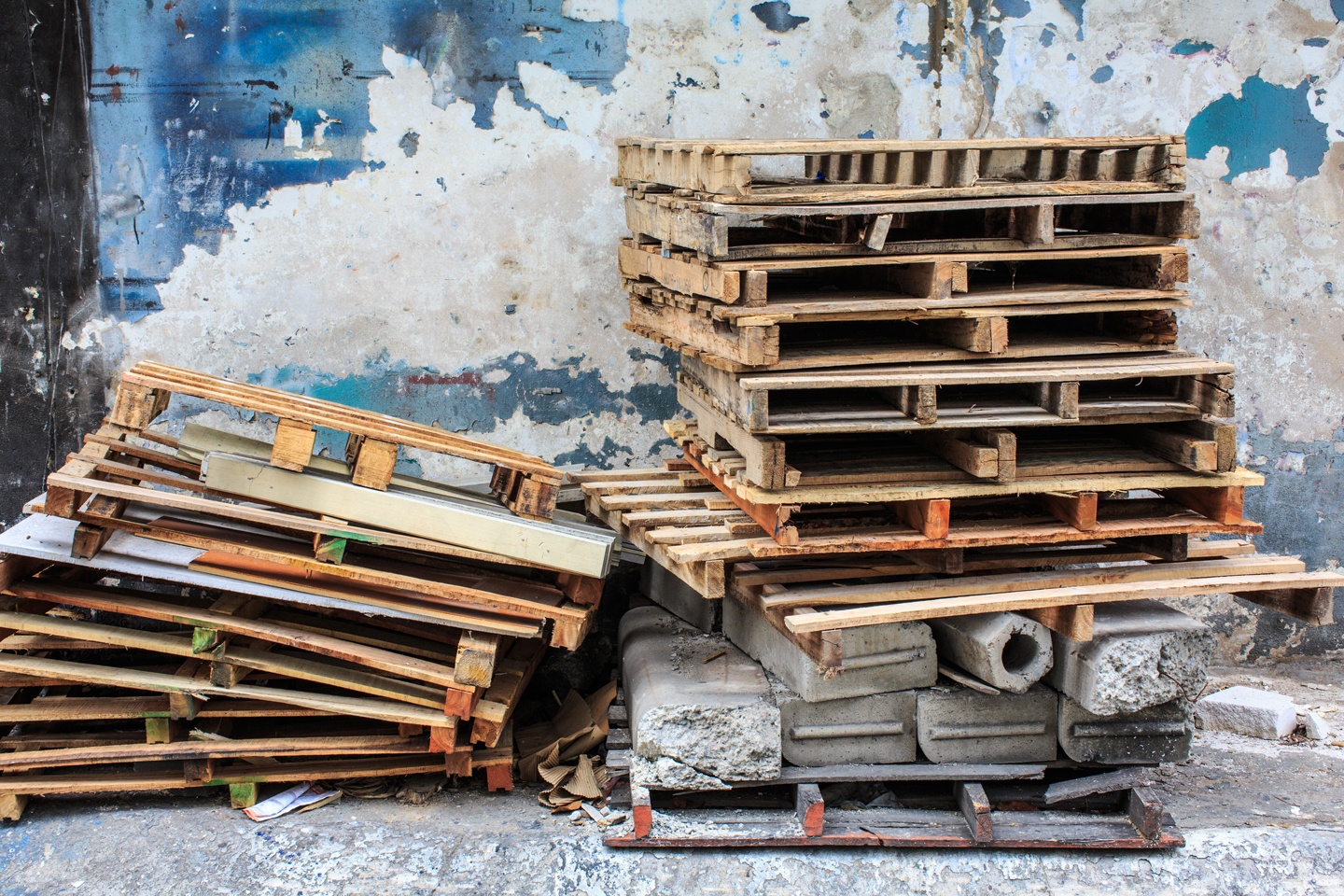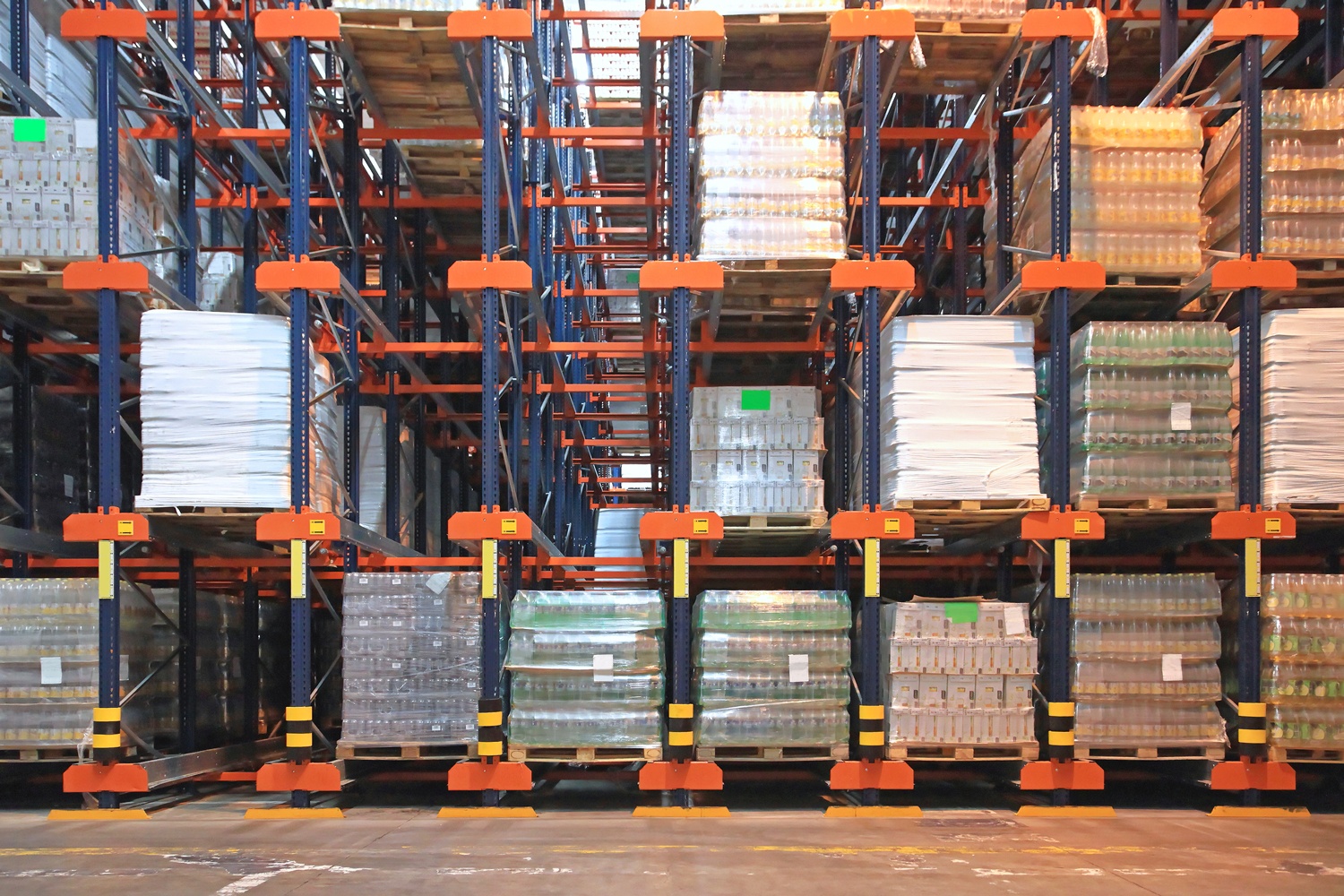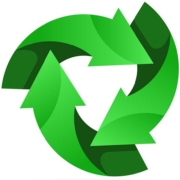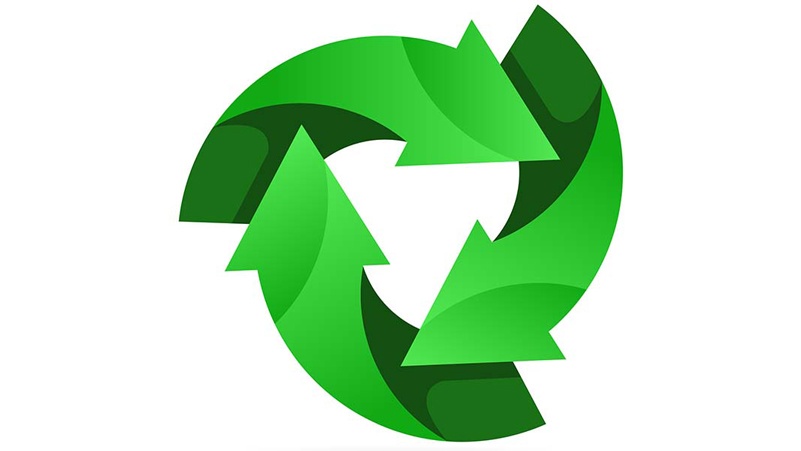The Importance of Wood Pallet Markings and Colors

In the modern supply chain, there is a huge potential for the use of smart pallets – Internet of Things (IoT) technology enabled wood pallets that are capable of transmitting valuable data. Already, some pallets carry sensors that can not only aid in geo-location but also track other environmental conditions or events including temperature, humidity, and shock. Many experts believe that such technologies will enable true transparency in the supply chain in terms of end to end visibility.
The role of pallets in communicating important information, however, is not a new one. They have always had things to tell us. Pallet stamps or colors can communicate information such as the pallet owner or a particular type of wood pallet (i.e. used to move chemicals).
In the case of ISPM 15, a stamp can also let global supply chain participants rest assured that the pallet meets international phytosanitary requirements. Pallet users, administrators and customs officials continue to benefit from information provided by wood pallet markings and colors.
By understanding pallet markings, even pallet craft enthusiasts and the general public can gain an appreciation of the crucial role of the pallet in global commerce.
Checking out a stack of empty pallets at a retailer location is a great way to grasp the international flavor of the food supply chain that services your local store.
ISPM 15 Pallet Markings
For example, watch for country codes on pallets from nations such as MX (Mexico), CR (Costa Rica), or AR (Argentina) that have brought fresh products from abroad. And at the tile and marble store, you are likely to see pallets from countries such as IT (Italy) or ES (Spain). Countries of origin are included as part of the ISPM 15 stamp. (a list of ISPM 15 country codes).
ISPM 15 markings certify that the wood pallets in question have been treated to prevent the international transmission of insect species that could decimate native flora and forests in the country of destination.
ISPM stamps are critical to stopping the spread of harmful insects, as well as in tracing back any non-compliance situations to the pallet supplier.
The ISPM 15 stamps provide useful information such as the certifying agency, the numeric code of the pallet producer, as well as the treatment method. HT signifies that the pallet or the wood used in assembling it has been heat treated in accordance with requirements. ISPM 15 stamps also include initials for the country of origin.
Wood Pallet Stamps and Brands
Pallet stamps or brands are also used for other purposes. They can signify different pallet models or sizes. The CP (chemical) pallet pool, for example, includes nine different models (CP1 through CP9) to meet the various palletization needs of the industry.
They may also signify the pallet owner or pallet pool name. Pallets marked EPAL (European Pallet Association) are part of the world’s largest pallet pool. EPAL does not own EPAL pallets but rather, assures their quality.
Reusable pallet program administrators may require pallet supplier and production date information on pallets to help them monitor pallet quality and durability. Wood pallets may also include residual markings such as grade stamps from the lumber used to manufacture them.
Wood Pallet Color Meanings
You may also wonder about pallets painted a particular color. This approach is used by major pallet rental companies. Aside from visual attractiveness for marketing purposes, color aids in the quick identification of pallets by material handling personnel when receiving pallets under load or selecting the appropriate pallet for load building.
Color is also useful for such tasks as taking physical inventory of pallets sitting at height in storage racks. Pallet users also employ color coded pallets to signal important information to pallet handlers about the pallet’s intended application.
While the future is brimming with potential for pallets and IoT, they can already tell us quite a bit. As a pallet user, are you utilizing markings to their full potential? It is a topic you could explore with your pallet provider.
But whether you use pallets or simply appreciate their role, the next time you pass a stack, take a moment to check them out for the specific markings discussed above. They have quite a story to share.




















